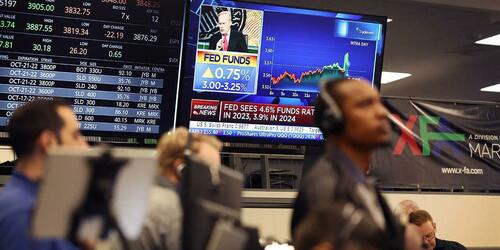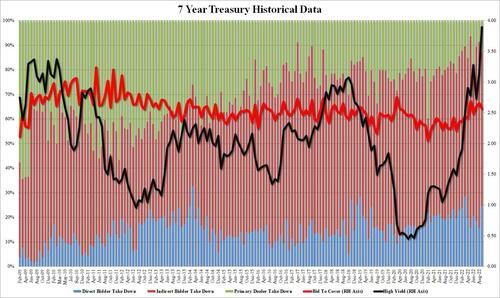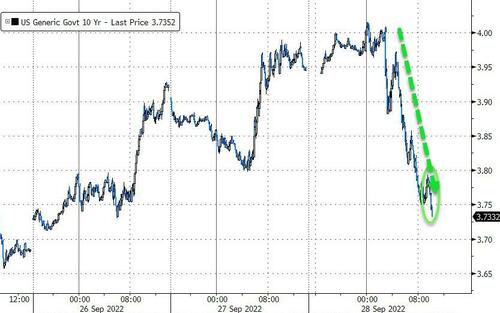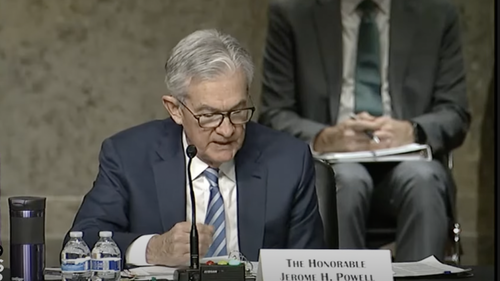Xi Reemerges In 1st Public Appearance After ‘Coup’ Rumors
So much for the “coup in China” and “Xi is missing” rumor mill of the past week, which at one point saw Chinese President Xi Jinping’s name trending high on Twitter…
“Chinese President Xi Jinping visited an exhibition in Beijing on Tuesday, according to state television, in his first public appearance since returning to China from an official trip to Central Asia in mid-September – dispelling unverified rumours that he was under house arrest.”
He had arrived in Samarkand, Uzbekistan on September 15 – and attended the days-long Shanghai Cooperation Organization (SCO) summit – where he met with Russian President Vladimir Putin, among others.

Importantly, it had been his first foreign trip in two years. Xi had not traveled outside of the country since before the Covid-19 pandemic began.
But upon returning the Beijing, he hadn’t been seen in the public eye since that mid-September trip, fueling speculation and rumors in the West and on social media. Some pundits floated the idea that he had been under “house arrest” amid political instability and a possible coup attempt.
According to a Tuesday Bloomberg description of the Chinese leader’s “re-emergence” in the public eye, which has effectively ended the bizarre rumors:
Xi, wearing a mask, visited an exhibition in Beijing on Tuesday about China’s achievements over the past decade, state-run news outlet Xinhua reported. The Chinese leader was accompanied by the other six members of the Politburo Standing Committee, a sign of unity after rumors circulated on Twitter about a challenge to his power.
He’ll likely cinch his third five-year term as leader at the major Chinese Communist party’s (CCP) meeting on October 16. The CCP meeting comes only once every half-decade.
Taking notes of all the big accounts spreading rumors of coup in China, put on a list pic.twitter.com/BHVFCPD7pU
— Carl Zha (@CarlZha) September 24, 2022
What had added to prior rumors was the fact that the 69-year old Xi recently undertook a purge of key senior security officials. This included arrests on corruption charges of the former police chiefs of Shanghai, Chongqing and Shanxi.
More importantly, former vice minister of public security Sun Lijun and former justice minister Fu Zhenghua were also sacked and faced severe charges.
Zhenghua was given a suspended death sentence following a bribery conviction. The sentence comes amidst a strict anti-corruption crusade by Chinese Premier Xi Jinping.https://t.co/nwLxknJNVn
— nasim raza (@razanasim3) September 22, 2022
Concerning Sun Lijun, state media made this shocking announcement a week ago: “Sun Lijun, former Chinese vice minister of public security, was sentenced to death with a two-year reprieve for taking more than 646 million yuan of bribes, manipulating the stock market, and illegally possessing firearms, according to the Intermediate People’s Court of Changchun in Northeast China’s Jilin Province on Friday.” The suspended death sentence means he’ll spend life in prison.
Tyler Durden
Wed, 09/28/2022 – 14:05
via ZeroHedge News https://ift.tt/gYDfOx3 Tyler Durden


 :
:






